There’s something magical about stepping into your garden and plucking sun-warmed, ruby-red strawberries straight from the plant. These juicy, sweet treats are among the most popular fruits to grow at home, and with the right planting and care, you can enjoy fresh berries from late spring through summer — and even into early fall in some climates.
Whether you’re planting in garden beds, raised containers, hanging baskets, or window boxes, this guide will walk you through everything you need to know about how to plant strawberries and keep them producing luscious berries all season long.
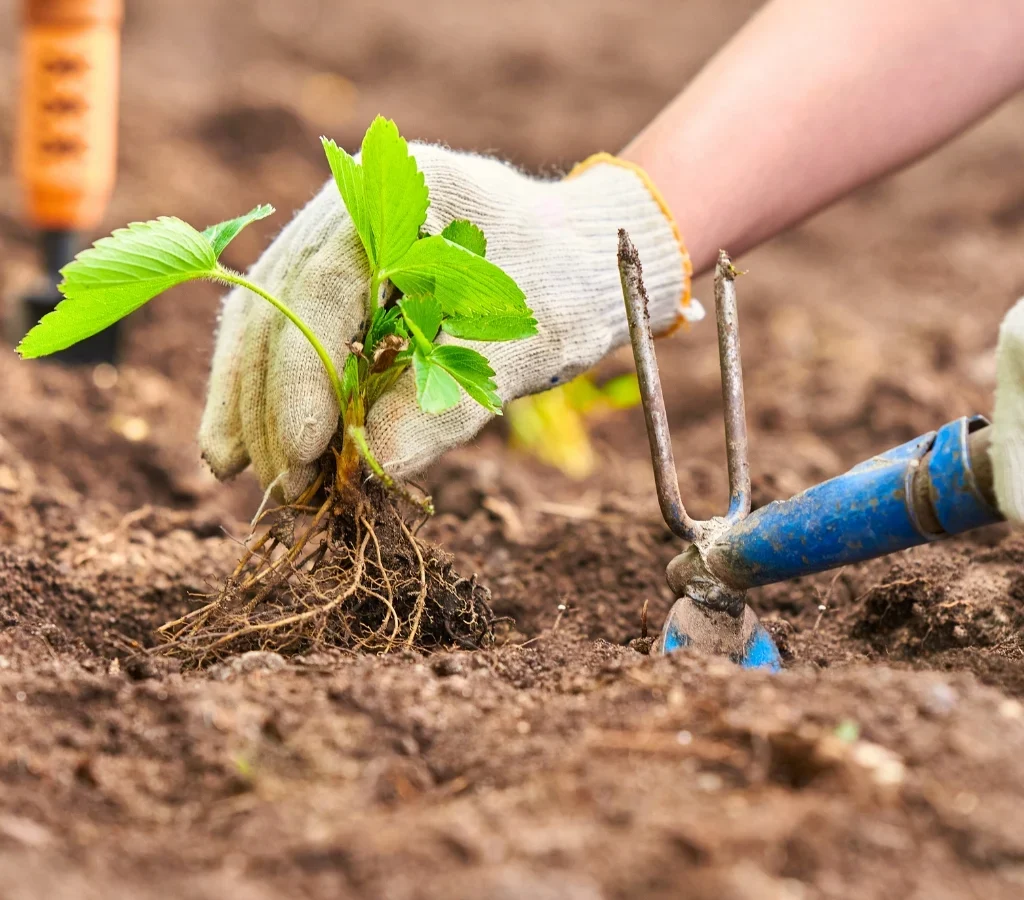
Why Grow Your Own Strawberries?
Homegrown strawberries aren’t just tastier than store-bought varieties — they’re fresher, healthier, and free from harmful chemicals. Plus, growing your own is incredibly rewarding. Strawberries are adaptable, relatively low-maintenance, and suitable for even small-space gardens.
Benefits of growing strawberries:
- Bursting with flavor when picked fresh
- Packed with antioxidants and vitamin C
- Can be grown in the ground, raised beds, or containers
- Perfect for beginner gardeners and kids
- Cost-effective compared to store prices
Types of Strawberries to Choose From
Before you start planting, it’s important to choose the right type of strawberry for your climate and harvest goals. There are three main categories:
June-bearing Strawberries
- Produce a single, heavy crop in late spring to early summer.
- Most popular for preserving or large harvests.
- Examples: ‘Chandler’, ‘Allstar’, ‘Honeoye’
Ever-bearing Strawberries
- Produce two main crops — one in early summer and another in late summer/early fall.
- Great for continuous harvest in small gardens.
- Examples: ‘Ozark Beauty’, ‘Quinault’
Day-neutral Strawberries
- Produce fruit continuously from late spring to fall, as long as temperatures stay between 35°F and 85°F.
- Ideal for containers and small spaces.
- Examples: ‘Seascape’, ‘Albion’
When to Plant Strawberries
Strawberries are typically planted in early spring, as soon as the soil can be worked and frost danger has passed. In warmer, frost-free areas, fall planting is also possible.
Best planting times:
- Cool climates: Early to mid-spring
- Mild climates: Fall or early spring
The earlier you plant, the stronger the root system and the better your harvest.
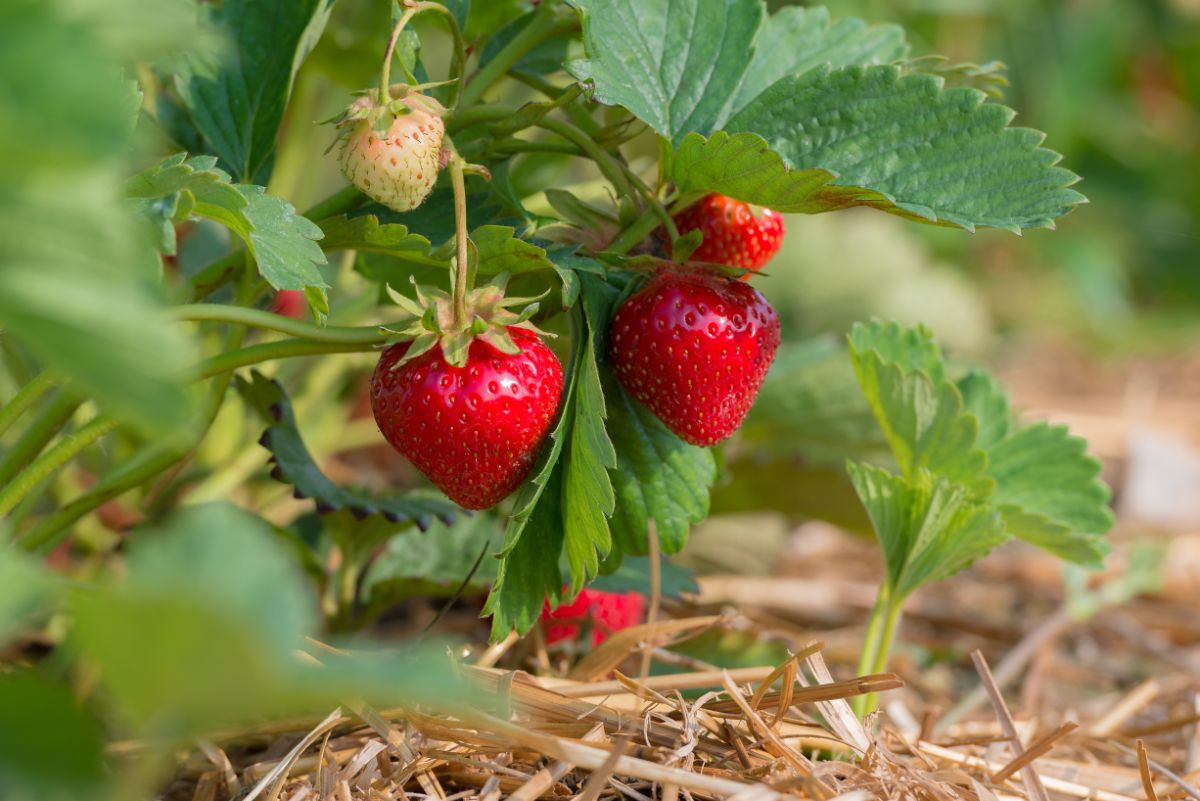
Where to Plant Strawberries
Strawberries love full sun and well-drained, fertile soil. A location that gets 6-8 hours of sunlight daily is ideal.
Site requirements:
- Well-drained soil to prevent root rot
- Slightly acidic soil with a pH between 5.5 and 6.8
- Avoid areas where tomatoes, peppers, eggplants, or potatoes have been grown recently, as they may harbor soil-borne diseases harmful to strawberries
How to Prepare the Soil
Good soil preparation is the foundation for a productive strawberry patch. Here’s how:
- Remove weeds, rocks, and debris.
- Loosen the soil to a depth of 8-12 inches.
- Mix in 2-3 inches of aged compost or well-rotted manure.
- Test soil pH and amend with sulfur if necessary to lower pH.
- Consider raising beds or using mounds for better drainage.
How to Plant Strawberries
Spacing and Planting Depth
- Space strawberry plants 12-18 inches apart in rows 2-3 feet apart.
- When planting, ensure the crown (where the leaves emerge) sits right at soil level — not buried and not exposed.
Planting steps:
- Dig a hole wide enough to spread the roots.
- Place the plant in the hole with roots spread out.
- Fill in soil gently, firming around the roots.
- Water thoroughly.
Pro Tip: If planting bare-root plants, trim overly long roots to about 4 inches before planting.
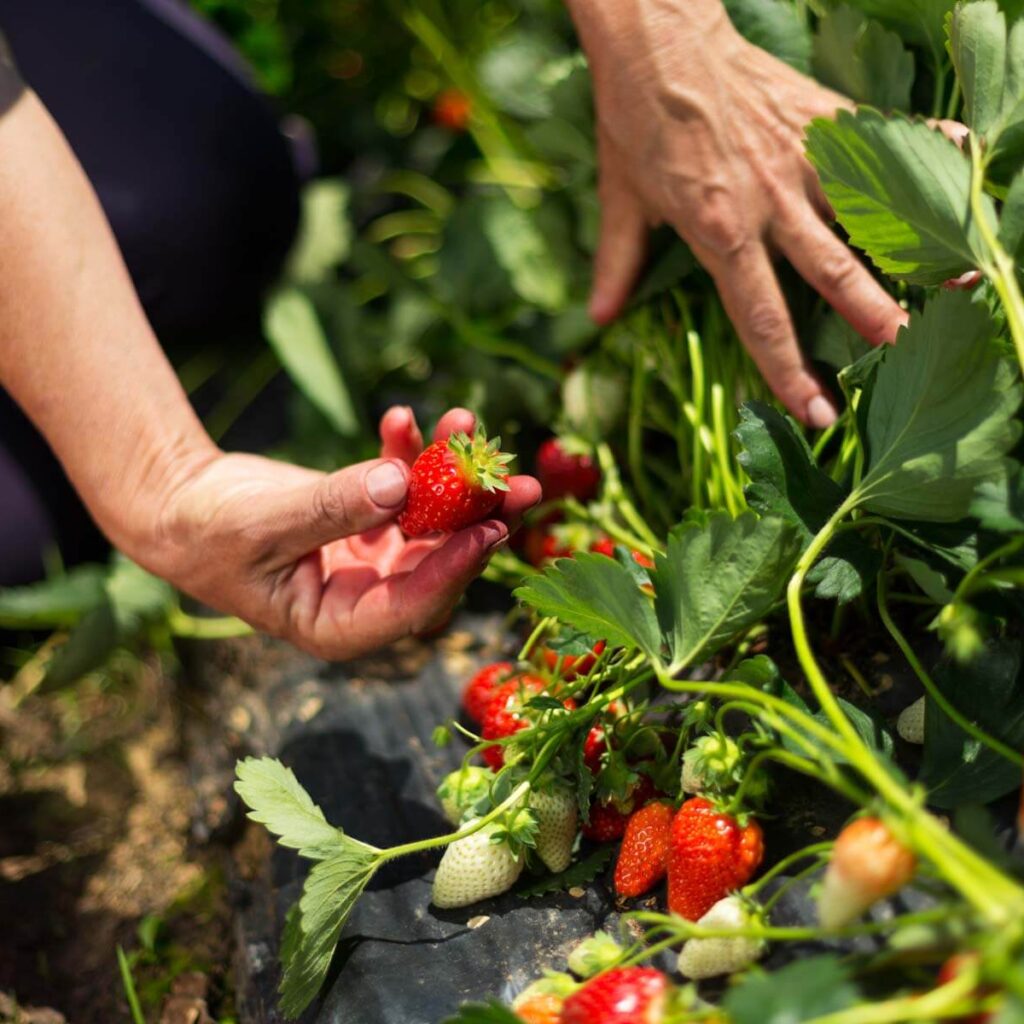
Caring for Your Strawberry Plants
Strawberries are relatively easy to care for but do require some attention to produce abundant, sweet berries.
Watering
- Water deeply and regularly, providing about 1 inch of water per week.
- Keep soil consistently moist but not soggy, especially during fruit development.
Mulching
- Apply 2-3 inches of straw mulch around plants after planting.
- Helps retain soil moisture, suppress weeds, and keep berries clean.
Weeding
- Regularly remove weeds to reduce competition for nutrients and water.
Removing First-Year Flowers
For June-bearing types, pinch off flowers in the first year to encourage stronger root growth and a bigger crop the following season. Day-neutral and ever-bearing types can be allowed to fruit in their first year.
Fertilizing Strawberries
Feed strawberries with a balanced, all-purpose fertilizer (like 10-10-10) after planting and again after the first harvest for June-bearing types. Avoid over-fertilizing, as this can lead to excessive leafy growth at the expense of fruit.
Fertilizing schedule:
- At planting
- Midseason for ever-bearing and day-neutral types
- After harvest for June-bearing types
Managing Pests and Diseases
Like any garden crop, strawberries can encounter a few common pests and diseases:
Common Pests:
- Slugs and snails: Use beer traps or diatomaceous earth.
- Aphids: Spray with insecticidal soap.
- Birds: Drape netting over plants when berries ripen.
Common Diseases:
- Gray mold (Botrytis): Avoid overhead watering and improve airflow.
- Powdery mildew: Use sulfur-based sprays or neem oil.
- Root rot: Ensure well-drained soil and avoid waterlogged conditions.
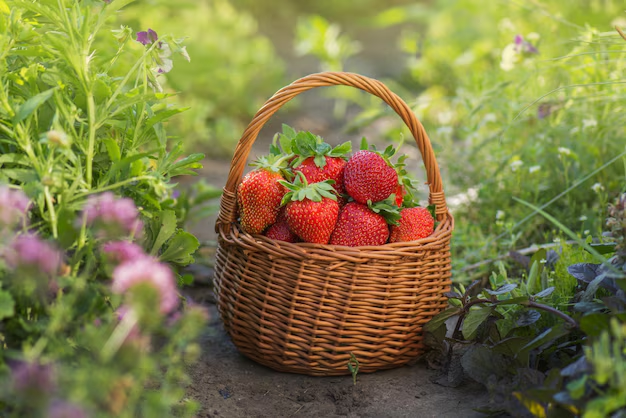
How to Harvest Strawberries
Strawberries are ready to pick when they’re fully red, firm, and fragrant. Pick them in the cooler part of the day to preserve flavor and texture.
Harvesting tips:
- Gently twist the berry from the stem or use scissors.
- Harvest every 2-3 days during peak season.
- Leave a small portion of the stem attached to prolong shelf life.
How to Extend the Strawberry Season
To enjoy strawberries all season long:
- Plant multiple types (June-bearing, ever-bearing, day-neutral) for staggered harvests.
- Protect early and late crops with row covers during cold snaps.
- Grow ever-bearing and day-neutral varieties in containers you can move for optimal growing conditions.
Bonus Tip: Remove runners (long, vine-like stems) from ever-bearing and day-neutral varieties to encourage larger, more flavorful fruit. Allow June-bearers to produce a few runners for next year’s crop.
Final Thoughts
There’s no sweeter reward than fresh, homegrown strawberries. With the right variety selection, careful planting, and regular care, your strawberry plants will reward you with juicy berries throughout the growing season.
Whether you’re growing a sprawling patch in the backyard or a container crop on the balcony, following this guide on how to plant strawberries and enjoy sweet berries all season will ensure your harvest is bountiful, beautiful, and absolutely delicious.

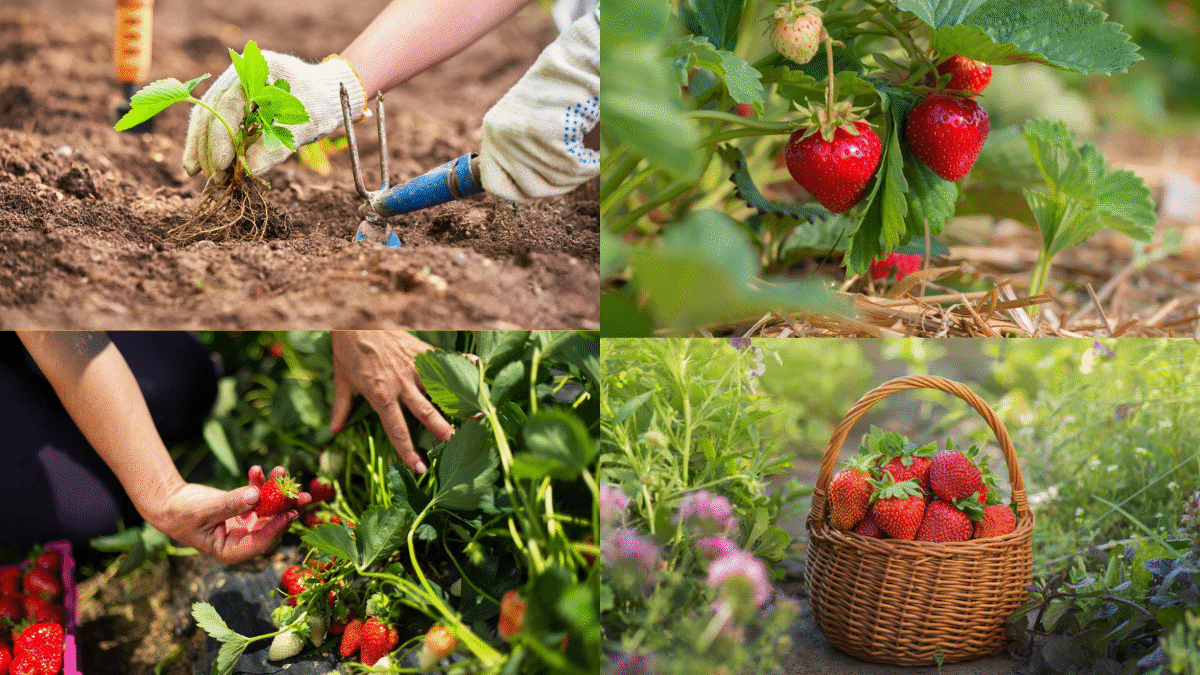



Leave A Comment